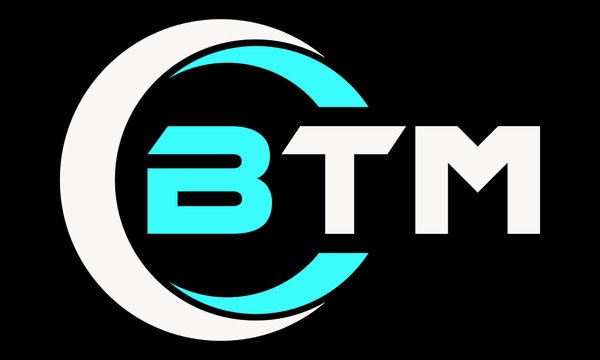Excerpt: GRC in cybersecurity relieves organizations from seeking help outside of the regulations that may be incomplete or misleading. Governance, risk, and compliance offer a holistic set of instructions to follow before, during, and also after encountering threats.
Key Phrase: GRC in cybersecurity
GRC in cybersecurity stands for Governance, Risk, and Compliance. It helps maintain cybersecurity by keeping policies, best practices, tools, and every obligation with reference to data privacy in mind. To know what is GRC in cybersecurity in detail, one will need to dive into the principles of GRC.
Cybersecurity and GRC are inseparable such that the former is the application of steps to protect data while the latter is the framework that guides the strategy overseeing every step of the former.
What is GRC in cybersecurity
(Photo: GRC as a Service LLC)
Governance, risk, and compliance in cybersecurity helps build a culture of trust and awareness about the need to do everything to prevent data theft and security incidents aimed at a user or an enterprise.
Its main guidelines help in implementing an integrated system to be followed by each employee and individual with a focus to address online risks and acting in accordance with the GRC requirements.
Role of GRC in cybersecurity
Revolving around principled performance, the role of GRC is to help organizations and authorities address uncertainties and ensure integrity. A Cyphere report explains the flow of guidelines from the GRC to organizations as a principal concept of cybersecurity, formed on the pillars of Governance, Risk, and Compliance. This creates a method to align IT goals with business objectives in a way that cyber risks are reduced, and regulatory needs are followed.
(Photo: SAP Community)
GRC helps organizations in increasing efficiency, reducing noncompliance risk, and sharing information safely. Let’s look into each aspect of the GRC with reference to cybersecurity in detail.
Reference model for GRC management (Photo: ResearchGate)
- Governance – Governance in cybersecurity helps build ethical barriers to increase accountability in data privacy. Also, it clarifies how to keep transparency in terms of sharing information and handling conflicts within the framework of the GRC.
- Risk – The risks facing businesses namely financial, legal, and security can be found and remediated by companies owing to this part of the GRC for cybersecurity. The enterprise risk management program helps in detecting security gaps, and also predicting security and other issues to fix them according to the GRC guidelines.
- Compliance – Compliance is following laws and regulations that are set by legal and regulatory bodies. It is with these policies in place that internal corporate policies are structured around. Organizations are expected to follow the relevant and required regulations such as the HIPAA that pertain to patient data.
Tools of GRC in cybersecurity
GRC overseeing the processes of businesses (Photo: EC Council)
Data privacy regulations watch businesses and offer guidelines with principles that each sector must follow. To protect consumer data, increase accountability in terms of security measures implemented by a company, and take necessary actions after suffering a security incident, the GRC places regulations and frameworks in place.
Tools of GRC in cybersecurity offer guidance on identifying the sensitivity of data and tracking compliance with auditors and various data protection scanners.
Some of the regulations that organizations must follow to maintain GRC in cybersecurity are as follows:
- NIST CSF – The National Institute of Standards and Technology is a cybersecurity framework that helps businesses understand, manage, and limit risks and protect networks and data.
- ISO/ IEC 27001 – The ISO/ IEC helps organizations reduce vulnerabilities, helps secure third-party data-related interactions, and save money by increasing efficiency and decreasing expenses.
- CIS Controls – The CIS Critical Security Controls version 8 offer 18 controls to safeguard systems by activities than people.
- SOC 2 – Being a voluntary compliance standard for service organizations, SOC 2 outlines how data must be exchanged or handled by organizations. It also extends to sharing whether the system design of an organization complies with the relevant principles.
- PCI DSS – Payment Card Industry Data Security Standard (PCI DSS) offers policies and procedures to businesses for securing credit card data.
Governance, risk, and compliance in cybersecurity help assign roles to business units in accordance with regulations. It helps relay essential messages and enhance communication between all the parties.
It forms a bridge between clients and organizations and then the law and users in case of security incidents. Not just for risk mitigation and meeting industry standards, the role of GRC in cybersecurity is to regulate and ensure the processes and framework are aligned with the rules around security, including third-party security.
GRC in cybersecurity performs the main function of being a guiding light for all entities to maintain cybersecurity. To be informed about changes and reformed policies, businesses need to not only watch every relevant cybersecurity news but also stay informed about threat intelligence.
Cyber news posted in cybersecurity magazines and other portals helps keep up with not only governance, risk, and compliance in cybersecurity, but also non-compliance and its latest penalties.




